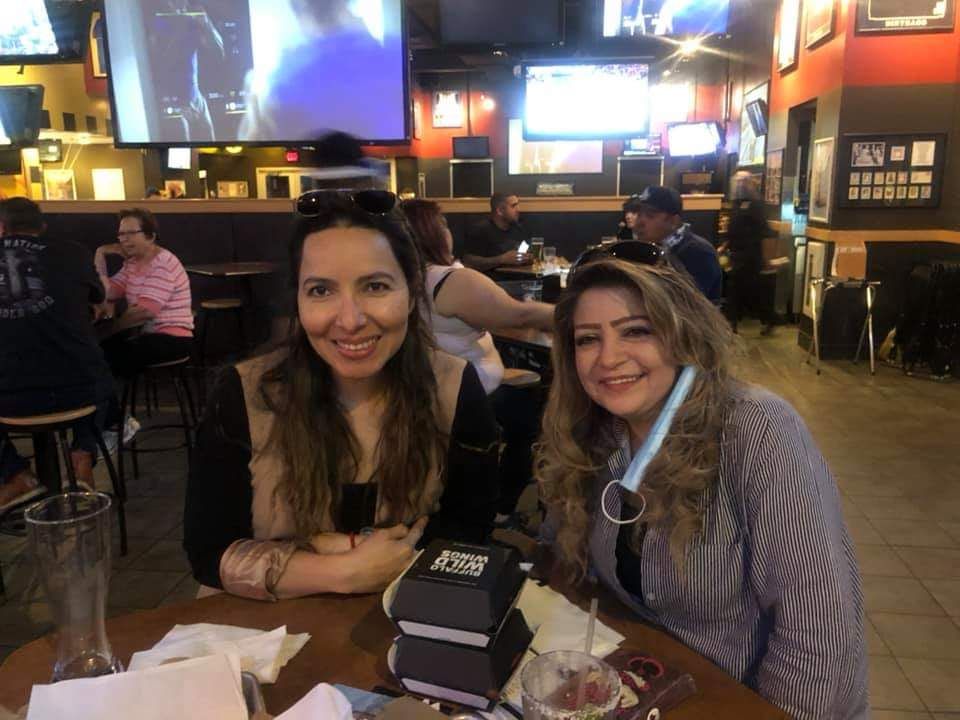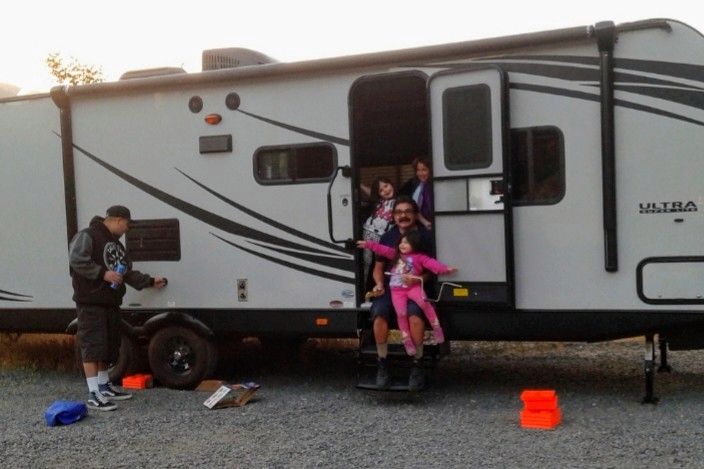Masks, healthy distancing and continued hygiene "will be part of everyday life," authorities said.
Phase 3 of the reopening of businesses in Los Angeles County begins this Friday, and despite the fact that the COVID-19 virus continues latent, several economic and community sectors will begin a new normal.
The Los Angeles Department of Public Health (DPH) announced this week that the Official Health Order will be amended to include infection control and distancing requirements to make way for the opening of day camps, gyms, professional sports without spectators. , museums, camps and entertainment production.
This is very good news for people like Glenys Bronfield, who hopes to be able to return to normal although this involved drastic changes such as wearing masks, having antibacterial disinfectant and keeping six feet away.
She said her gym in Puente Hills has already emailed her announcing its reopening on Sunday. She plans to visit him on Monday to find out how safe he will be and if he will be able to exercise.
"I don't know how it will work, according to the email there will be more cleaning and the machines will be separated," said Bronfield. "Anyway, I don't go to the gym that many people go."
There are other people excited about the reopening as well, but still cautious like Maria Renteria, who resides in Riverside County and works in Pomona.
She and her husband Salvador Renteria usually enjoy camping out at their mobile home at Mountain Lakes Resort in San Bernardino. However, she assured that she still does not feel very comfortable to camp immediately.
"For July or August we go a week to camp to enjoy the heat in the river or the pool, these are dates when the hottest weather begins," said Renteria. "But this weekend we want to relax at home."
Los Angeles County clarified that the reopening does not mean the virus has disappeared. For this reason they ask residents to continue practicing physical distancing, use mouth covers, and follow public health directives.
Although authorities added that if at any time the infection rate increases with new cases threatening to overwhelm the health care system, DPH and the Board of Supervisors may limit future reopens or close sectors they have already opened.

Concern in dense areas
Los Angeles Councilman Gil Cedillo said he is concerned about this reopening which he believes is coming soon. He indicated that last weekend there were the highest number of infections since the pandemic began and distractions such as protests against police violence, the murder of George Floyd, the heat and the summer, can prevent people be cautious.
"I want to go to the marches but I'm not going because of my age and my allergies, it's an autoimmune deficiency," said Cedillo, who has been in quarantine most of the time since the order to stay home was issued.
"I know there will be anxiety about going out to do things right away, but I am really concerned about our community that lives in dense areas," he said.
District 1, which he represents, is made up of areas where a large number of people live in not very large spaces; That is the case of the community of MacArthur Park, Pico Union and Highland Park.
"I am concerned about dates such as the weekend of July 4 … because if the contagion increases again, it will be impossible for people to re-enter (quarantine)," stressed the councilman.

Cautious opening
The DPH confirmed 46 new deaths and 1,857 new cases of COVID-19 on Thursday. The high number of reported infections is the accumulation of results that were stagnant.
However, the highest risk remains for people with underlying health conditions and the elderly. Of the 46 deaths reported Thursday, 32 were over the age of 65 and 27 of these people had underlying conditions.
Barbara Ferrer, county health director, said the safe reopening of businesses and public spaces requires everyone to follow proper health rules and other infection control practices that will eventually become part of daily life.
"We have shown that we can work together to stop the spread of COVID-19, and we must continue to do so through our recovery journey to avoid large increases in cases, hospitalizations and deaths," Ferrer explained.







